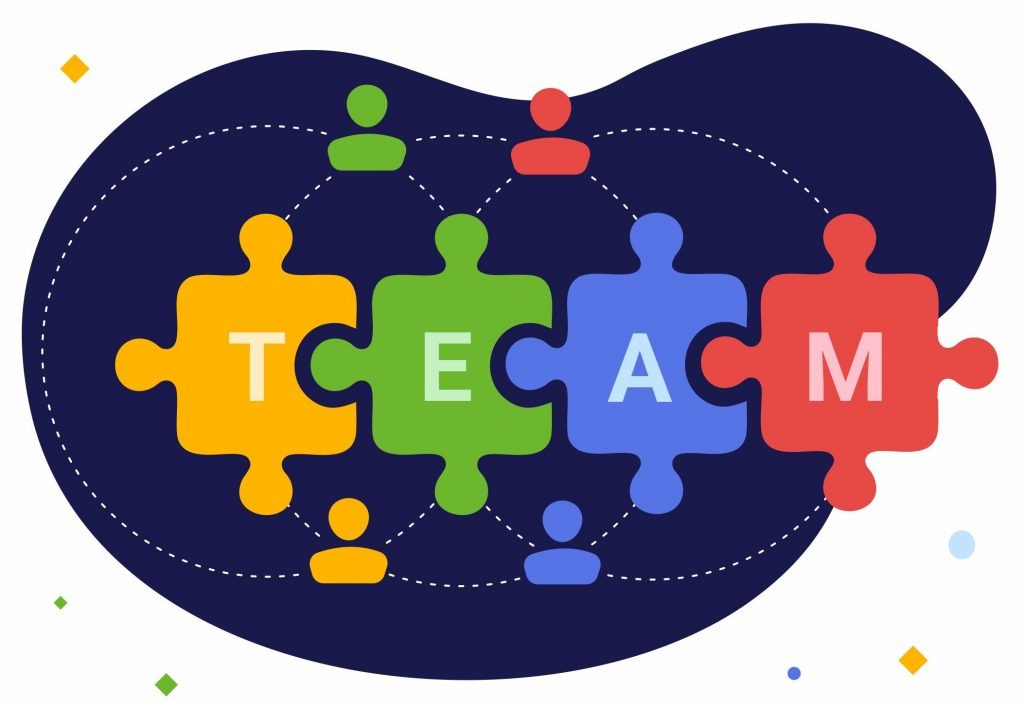
Distributed and Cross-Functional Teams: Unleashing the Power of Collaboration
In today's globalized and interconnected world, traditional ways of working within a centralized office space are rapidly evolving. Distributed and cross-functional teams have emerged as a new paradigm in project management and organizational structures. These teams bring together individuals from different locations and diverse skill sets to collaborate seamlessly and drive innovation. In this article, we will explore the concepts of distributed and cross-functional teams, their benefits, and how they are reshaping the modern workplace.
Distributed Teams:
A distributed team, also known as a remote team or virtual team, is a group of individuals working together on a project from different geographical locations. Rather than being confined to a physical office, team members leverage communication and collaboration technologies to work across time zones and locations. The key characteristics of distributed teams include:
- Geographical Diversity: Team members can be located in different cities, countries, or even continents, bringing together diverse perspectives and cultural backgrounds.
- Communication Tools: Distributed teams rely on various communication tools such as video conferencing, instant messaging, and project management software to facilitate seamless collaboration and information sharing.
- Flexibility: Team members have the freedom to work from their preferred location, enabling a better work-life balance and increased productivity.
- Time Zone Considerations: Managing time zone differences becomes crucial, and teams often adopt strategies like overlapping work hours or asynchronous communication to ensure effective collaboration.
Cross-Functional Teams:
A cross-functional team is composed of individuals from different functional areas or departments within an organization. These teams bring together diverse expertise, skills, and perspectives to tackle complex projects or solve specific problems. Key characteristics of cross-functional teams include:
- Multidisciplinary Expertise: Each team member brings unique skills and knowledge from their respective fields, contributing to a comprehensive and holistic approach to problem-solving.
- Collaborative Decision-Making: Cross-functional teams foster collaborative decision-making, where ideas and perspectives from different disciplines are considered to make well-informed choices.
- Shared Goals: Team members align their efforts toward a common goal, breaking down silos and promoting a collective sense of ownership and accountability.
- Effective Communication: Clear and open communication channels are vital for cross-functional teams to share information, exchange ideas, and ensure everyone is aligned towards the project objectives.
Benefits of Distributed and Cross-Functional Teams:
- Enhanced Creativity and Innovation: The diversity of perspectives and expertise in distributed and cross-functional teams leads to more innovative and creative solutions.
- Improved Problem-Solving: Different skill sets and backgrounds enable teams to approach problems from various angles, resulting in more effective and comprehensive problem-solving.
- Increased Adaptability: Distributed and cross-functional teams are inherently flexible and adaptive to changing circumstances, enabling faster responses to market trends or customer needs.
- Broader Knowledge Sharing: Knowledge transfer occurs naturally within these teams, as individuals learn from each other's expertise and experiences, fostering continuous learning and growth.
Distributed and cross-functional teams offer organizations a powerful framework to leverage the benefits of collaboration, diversity, and expertise. By embracing these team structures, companies can unlock new levels of creativity, problem-solving, and adaptability, driving success in today's rapidly evolving business landscape.
I hope this article has provided you with valuable insights into the concepts of distributed and cross-functional teams and their role in reshaping the modern workplace.